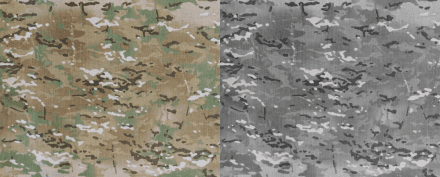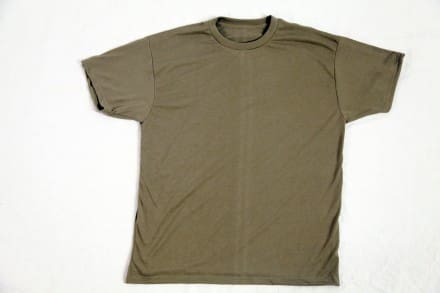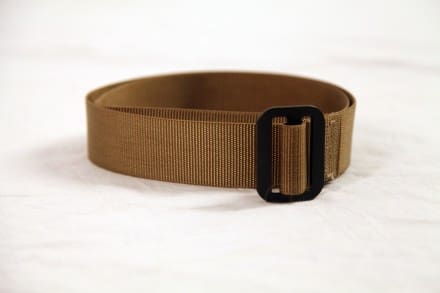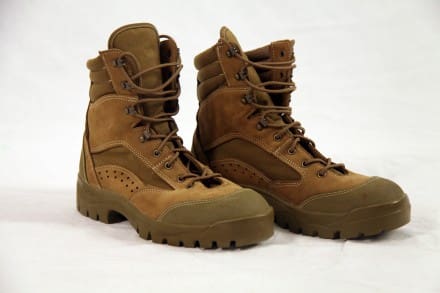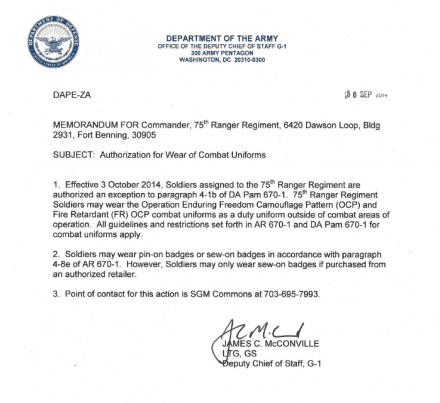Naturally, when you get that many industry pros together, they are going to talk programs. Of course, there was lots of talk regarding CSASS and Modular Handgun but the sod goods folks wanted to talk about the US Army’s impending Operational Camouflage Pattern transition.

Announced last year, the US Army plans to begin issuing the new pattern beginning early Summer 2015 to replace the Universal Camouflage Pattern initially fielded in 2004. Operational Camouflage Pattern or OCP arose from the ashes of the uncompleted Camouflage Improvement Effort which began in 2011. A developmental camouflage pattern called Scorpion W2 was selected by the Army for fielding as OCP after the Army unilaterally broke off talks with Crye Precision who had created a pattern commercially called MultiCam. MultiCam has been in use with USSOCOM for many years and was adopted for use by the Army in 2010 strictly for use in Afghanistan also under the nomenclature of OCP. The US Air Force also used MultiCam OCP for their deployed forces and will continue to use the new OCP variant as well.
A couple of items stuck out in my OCP conversations with industry.
First, OCP NYCO fabric is all that is being printed and it has only been delivered so far to NIB/NISH and Federal Prison Industries for assembly into ACUs. No commercial vendors have received fabric yet to manufacture ACUs for the Army.
Second, there is currently no plan to release fabric to companies for commercial sale. This means no commercial OCP ACUs like those offered in other patterns by companies like Propper and Tru-Spec. It’s a pretty significant issue that will affect military outfitters which service Army customers outside of Army posts as well as online.
While no one has been printing OCP Cordura, this issue will most likely affect that fabric as well, meaning no commercial OCP (Scorpion W2) equipment. This falls in line with what I expected early on with OCP (Scorpion W2) being restricted to US government use and MultiCam being used for commercial OCP sales. Remember what we told you early on; OCP is OCP.
However, these are pretty cautious actions by an Army that claims to “have appropriate rights to use OCP.” They are certainly tiptoeing through the tulips.


